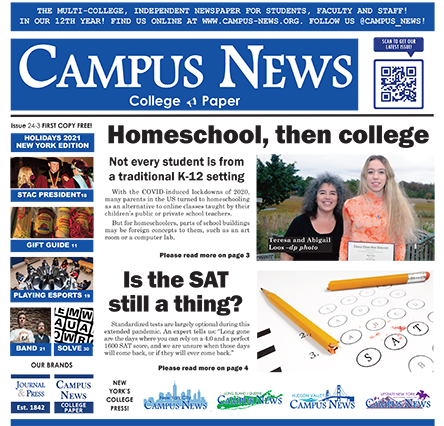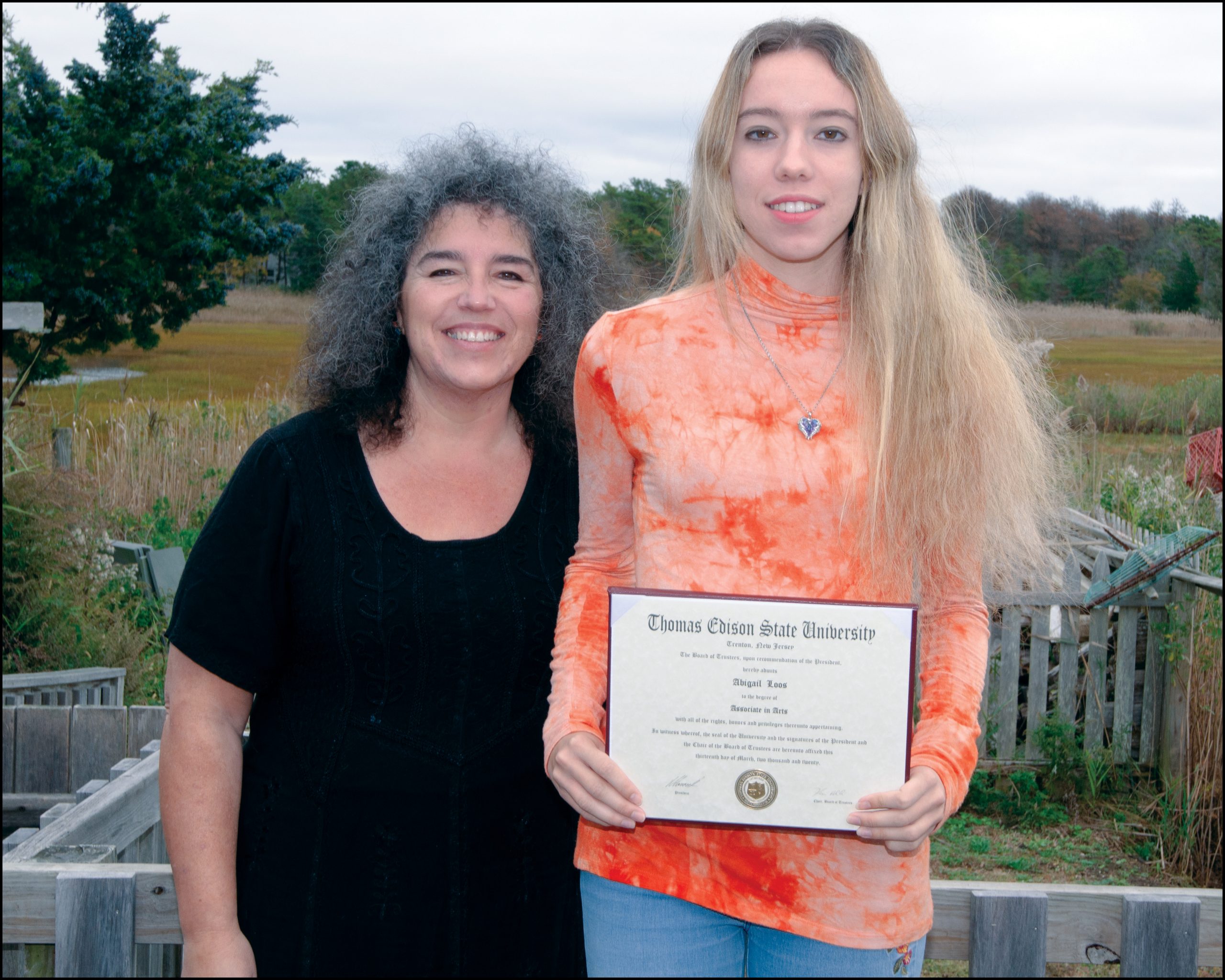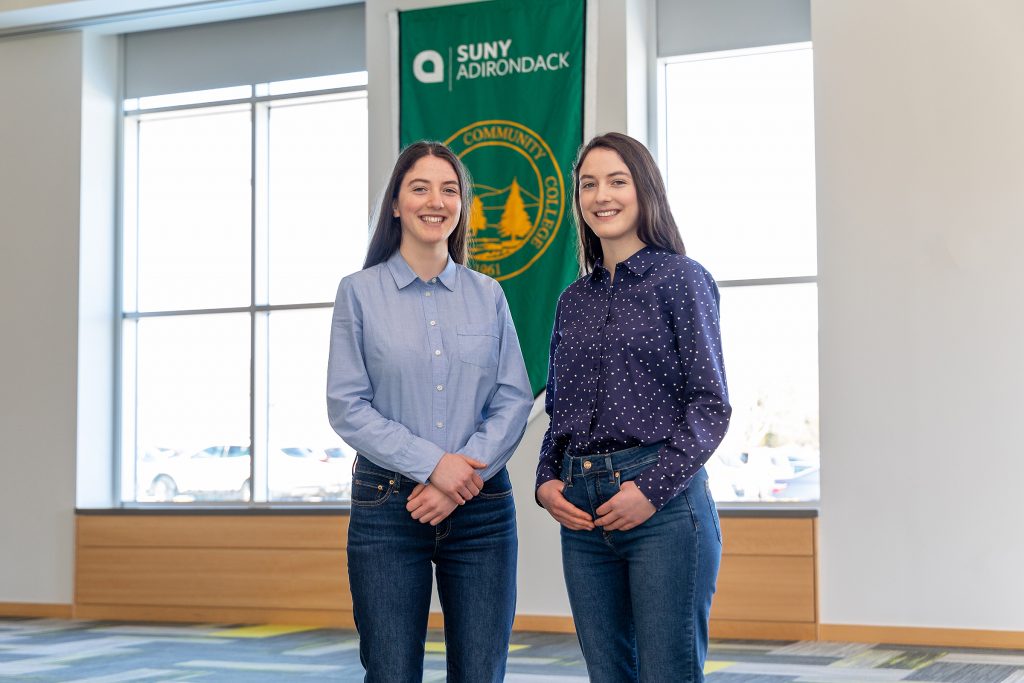By Dave Paone
Campus News
With the COVID-induced lockdowns of 2020, many parents in the US turned to homeschooling as an alternative to online classes taught by their children’s public or private school teachers.
Many parents got a first-hand look at how classes were being taught and didn’t like what they saw. Hence a surge in homeschooling.
However, homeschooling has been around for decades and many students who are in college today spent their childhoods learning academics from their parents while seated at their kitchen tables.
Siblings Ruth and Greg Moreno attend Hillsdale College in Michigan but were homeschooled by their mother, as were their older brother and sister (although at various times all of them attended traditional schools).
Ruth is a senior majoring in politics and minoring in art; Greg is a freshman and has not yet declared a major.

Both Ruth and Greg “dual enrolled” and took college-credit classes at Hillsdale while still in high school. So they actually attended classes on a college campus while never having attended them on a high school one.
For homeschoolers, parts of school buildings may be foreign concepts to them, such as an art room or a computer lab. Greg attended a few sporting events at Hillsdale when he was in ninth grade and saw a gymnasium for the first time. He thought to himself, “This is way nicer than the driveway.”
“There’s actually a lot of students at Hillsdale who were also homeschooled,” said Ruth.
She estimates up to a quarter of the student body were homeschooled for a “a significant portion” of their prior education. “So it’s not too weird here,” said the 21-year-old.
Often parents of special needs children opt for homeschooling because they believe their children will get the one-on-one attention many of them require that traditional schools can’t provide.
At age four, Abigail Loos still wasn’t speaking. “She was just kind of babbling,” said her mother, Teresa Loos (both pictured). “She could repeat what you said, but she wouldn’t remember how to use a sentence or how to describe something that she saw.”
She was later diagnosed with auditory processing disorder.
To ease Abigail’s frustration and anger of not being able to communicate, Teresa started teaching her sign language. A new neighbor, who was homeschooling his daughter, explained to Teresa that what she was doing was actually homeschooling.
Teresa ran with the idea and homeschooled her only child for her entire time in grade school.
As did the Morenos, Abigail started taking college-credit courses while in high school, earning credits on both levels.
At the end of 10th grade, at age 16, Abigail graduated from high school. The following September, she started taking online college classes. With her disability, these suited her better than in-person classes.
Abigail earned an AA degree in animation from Thomas Edison State University.
In her second year of homeschooling Abigail, Teresa started a support group with two other homeschooling-families in her community on the south fork of Long Island.
That group, called Homeschool on Long Island, currently has a membership of about 1500 families, with about 5800 homeschooled children, and covers all of Long Island. (One family has 13 children.)
For quite some time, homeschooling was often associated with religious fanatics.
As members of a cult, Cathy Ledesma’s parents would go in that column. She and her 15 siblings were born into The Children of God (also called The Family), and all of them were homeschooled, along with other children in the sect.
(At one time or another, other children in the group included River and Joaquin Phoenix and their siblings, Rose McGowan and a few other celebrities.)
For the most part her father was her teacher from kindergarten through 12th grade, although her older brother likes to brag that he taught her fourth grade.
“My mom did teach us for a short stint, but that wasn’t a very good idea,” she said. She knows her father was often learning the material right before he taught it.
Homeschooling suited their missionary lifestyle. Cathy lived in three states (in four cities in Texas alone) as well as three cities in Mexico.
Being homeschooled, Cathy wasn’t aware of school-related vocabulary that’s commonly understood by every other student.
“I probably still couldn’t tell you what a pep rally is,” said the 30-year-old. “I didn’t even know what a semester was. Junior, sophomore, senior… I didn’t know any of that.”
In an ironic twist, Cathy, who had never set foot in an elementary school, earned a bachelor’s degree from the University of Texas with a teacher certification, early childhood through sixth grade. She worked as a fourth-grade teacher in a public school for three years followed by a year as a third-grade teacher at a private school.
Ruth achieved a GPA of 4.0 in the first semester of her sophomore year and again in the second semester of her junior year.
“One boy [from the support group], he was 15 when he entered college. They didn’t realize how old he was. He had the highest score of anybody that took the test that year,” said Teresa.
According to the National Home Education Research Institute’s website, “Home-educated students typically score above average on the SAT and ACT tests that colleges consider for admissions,” and “Homeschool students are increasingly being actively recruited by colleges.”
While the pandemic is responsible for the recent surge, homeschooling was already alive and well throughout the country.
According to Steve Duvall, director of research at the Home School Legal Defense Association in Virginia, its growth is not slowing down anytime soon.
If that plays out, in several years there could be college campuses filled with students who have no idea what detention is.







Facebook Comments